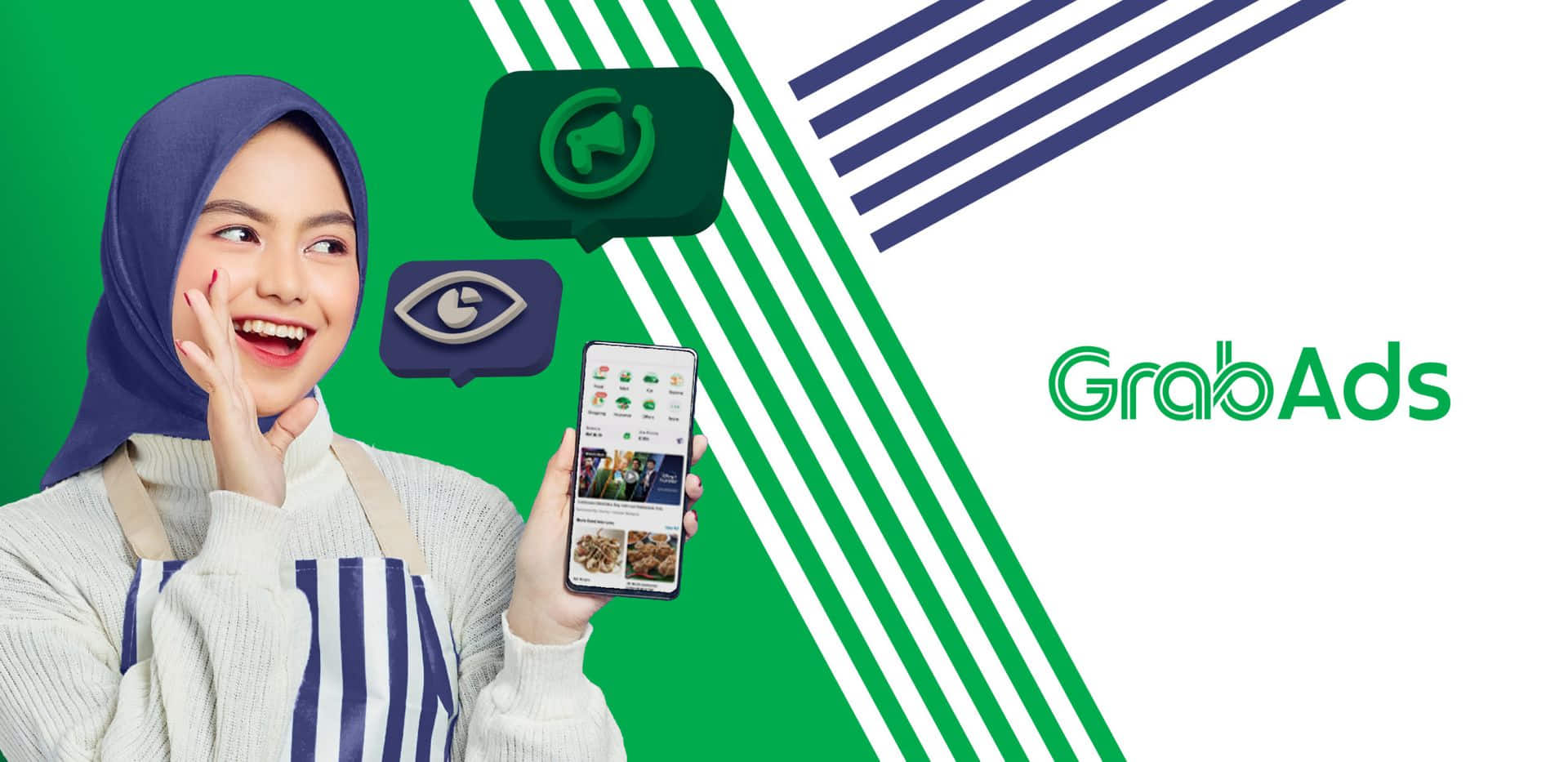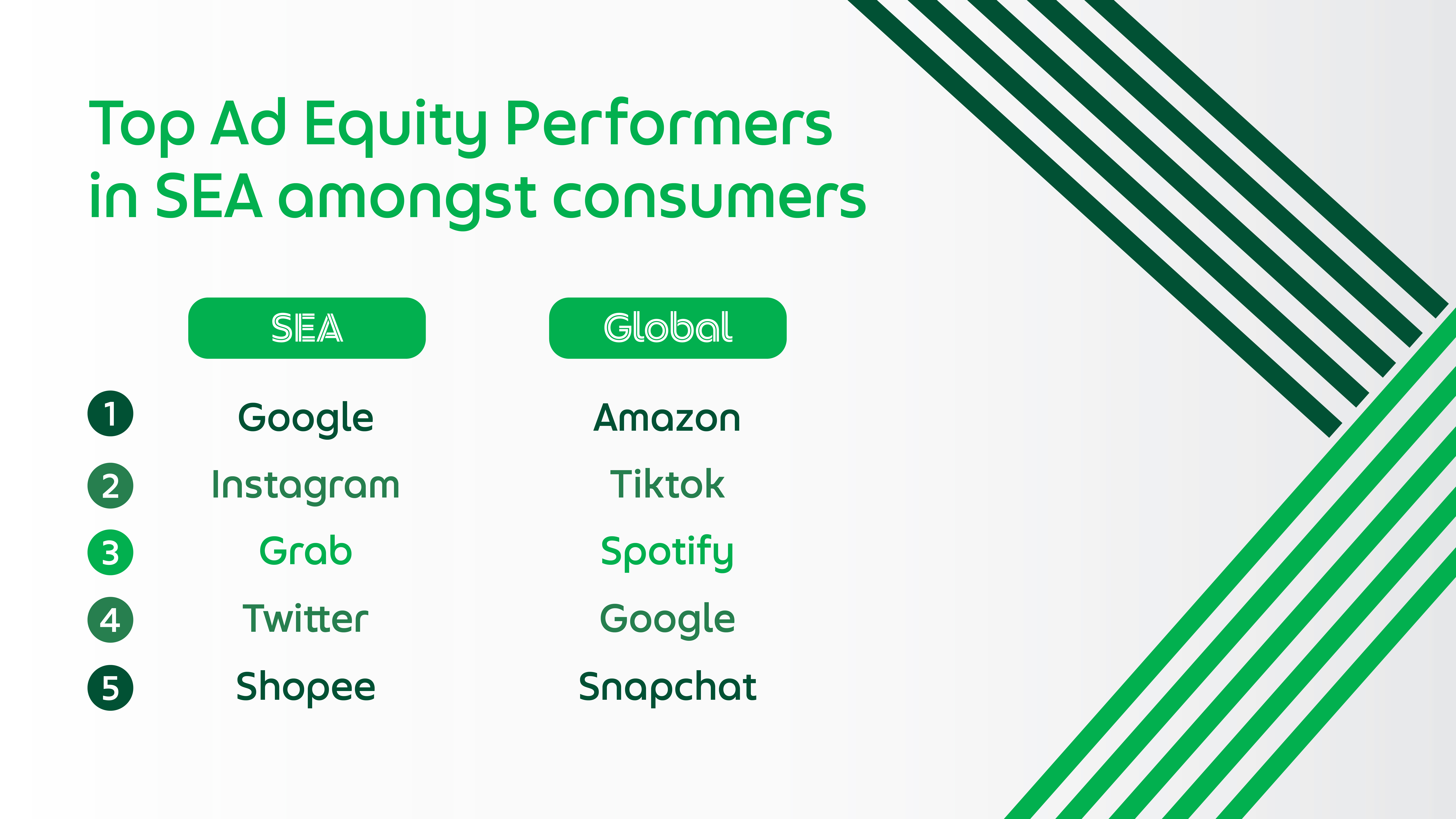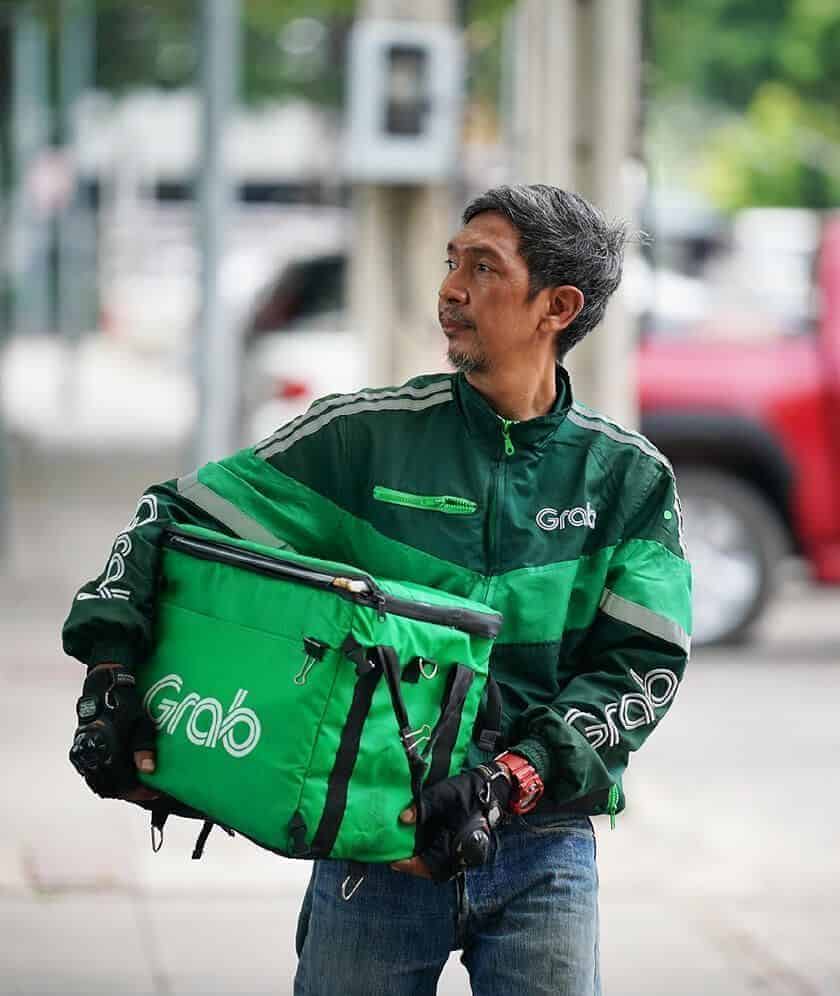
As the advertising landscape continues to evolve, marketers are trying to stay on top of major shifts in consumer behaviour. Globally, long dominant players now control less advertising spend than they have in nearly a decade1. And here in Southeast Asia (SEA), video streaming, superapps and social commerce now compete with established digital platforms for advertising spend.
However, not all media channels are created equal. Consumers are more receptive to marketing messages on some – while more resistant on others. And as competition for eyeballs heats up online, maintaining customer engagement has become harder than ever for marketers. Given that most media budgets for most Asia-Pacific (APAC) brands will either stay the same or shrink in 20232, how can marketers best allocate their limited resources to build brand equity and boost sales?
Introducing ad equity
That’s where ad equity comes in.
Developed by Kantar, the world’s leading marketing data and analytics company, ad equity measures how receptive consumers are to advertising messages across different media channels, how they perceive ads on these platforms – and how likely they are to respond positively or negatively to ads. It’s advertising’s answer to the net promoter score, specifically designed for advertising formats and environments.
Every year Kantar ranks global and regional advertising platforms according to their ad equity score. Ad equity matters: Kantar found that campaigns are seven times more impactful among a receptive audience. What’s more, by describing how audiences perceive marketing messages on different channels, these findings help marketers zero in on touchpoints that deliver most effectively on their marketing goals. The most recent findings were published in the Media Reactions Report 2022, the third edition of Kantar’s global ad equity ranking of media channels and media brands.

Retail media: promising new area for marketers
Out of all platforms explored by the Media Reactions 2022 study, retail media emerged as a particularly promising area for marketers. Two out of the top five ad equity performers in SEA amongst consumers were retail media platforms: Grab (#3) and Shopee (#5), a superapp and e-commerce app that offer advertising spaces for brands.
Kantar believes this is because they play an important role for consumers in SEA. “We see from our data that apps like Grab or Shopee are perceived as relevant and trustworthy, and these are increasingly important to people,” said Priya Dudeja, Media & Creative Effectiveness Solutions Lead at Kantar. This could be due to the fact that over the past few years, superapps have grown to bring great utility to consumers, helping them to commute, shop, eat and pay for services.
Retail media is a hot topic these days. But what is retail media? And what does retail media look like in SEA? A relative newcomer to the region, retail media refers to advertising to consumers at or near their point of purchase, or near a point of choice between competing brands. For instance, superapps such as Grab offer marketers a variety of advertising opportunities right at the point of purchase:
- banner ads
- loyalty and reward gamification
- product sampling
This is possible because users complete the entire user journey, from discovery to consideration to purchase, within the superapp.
And SEA isn’t the only place where retail media performs well in terms of ad equity. Among global consumers, Amazon tops the list of ad equity performers, outranking even Google and TikTok.
How Grab scores in ad equity
Judging from Grab’s position on this year’s list, SEA’s consumers view retail media advertising very favourably: consumers in Indonesia, Vietnam, Malaysia and Thailand gave Grab high scores for trustworthiness, while users in the Philippines also say ads on Grab are relevant and useful.
Ads on Grab are also perceived to be less intrusive and repetitive compared to other media brands in the region, especially among female consumers. Additionally, Grab also tops the ad equity rankings amongst Gen Z consumers, who say ads on Grab are better quality than on other platforms.
These findings echo a pattern seen with other retail media brands in SEA, where Lazada and Shopee are seen as “relevant and useful”, while social media platforms TikTok, YouTube and Facebook are deemed “fun and entertaining”.
Conclusion: lessons for marketers
Kantar’s Media Reaction helps marketers to identify touch-points where consumers are most receptive to ads, with superapps seeing strong performance and greater potential in the SEA region.
As retail media platforms like Grab have proven trustworthy and relevant – especially among SEA’s young, mobile-savvy consumers – helping brands engage a growing audience that is receptive to their messages. Here are the top learnings from Kantar’s rankings:
- Marketing plans should use retail media, such as superapps, to play specialised roles alongside other digital touchpoints. Marketers can customise their messages according to the app and the role it plays in consumers’ lives. “TikTok is about fun, but Grab is about trust and relevance,” explained Dudeja. “This is a good thing, as we can reach out to consumers in different need-states.”
- Marketers can also use retail media, such as superapps, for more than conversion campaigns. While retail apps are valuable for on-the-spot purchase decisions, the fact that consumers are seven times more receptive to messages on retail media platforms is an opportunity for brands to build brand-loyalty in these challenging times.
“Try to avoid ‘short termism’ that just focuses on conversion,” explained Kantar’s Dudeja. “We know that strong brands are more resilient to inflation, for example. So use the platforms for building your brand – there are many formats and channels to do it.”
The rules for retail media are still being written: ad equity is just one of the many factors you need to consider when building a marketing plan for today’s increasingly digitally-engaged consumers.
Speak to us to find out how Grab can help you make sense of retail media and achieve your objectives.
1 Source: Gizmodo – Duopoly Done: Google and Meta Now Take In Less Than Half the Internet’s Ad Dollars
2 Source: Marketing Interactive – Will APAC Brands Decrease Media Budget 2023?

